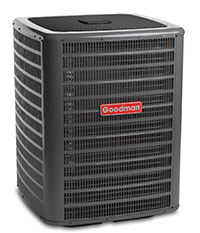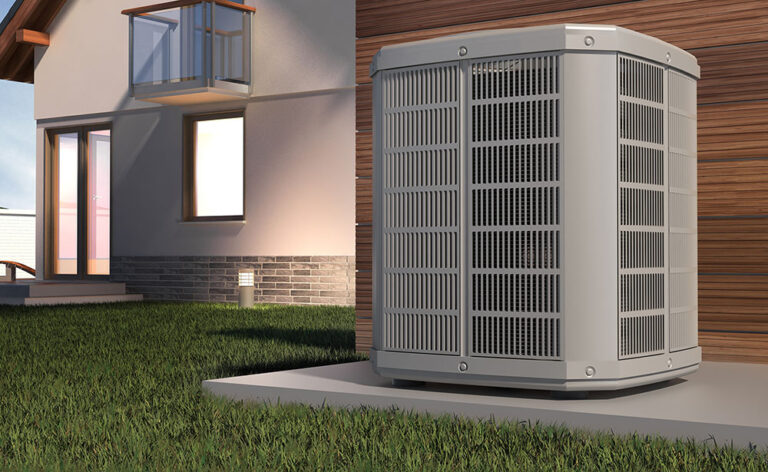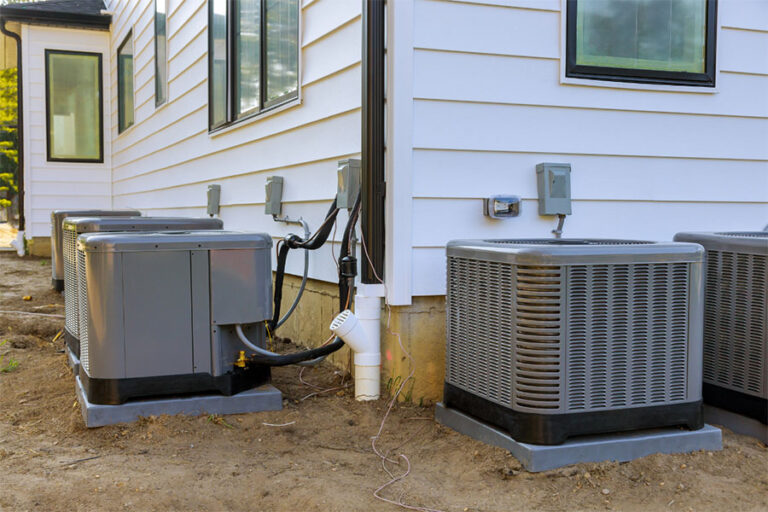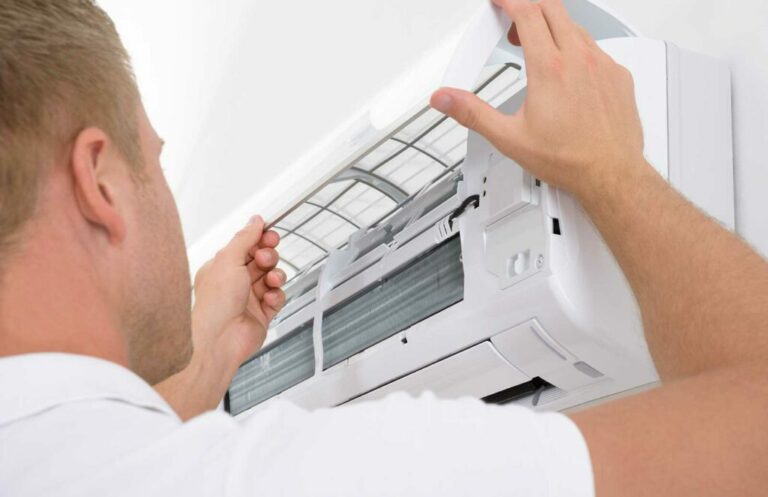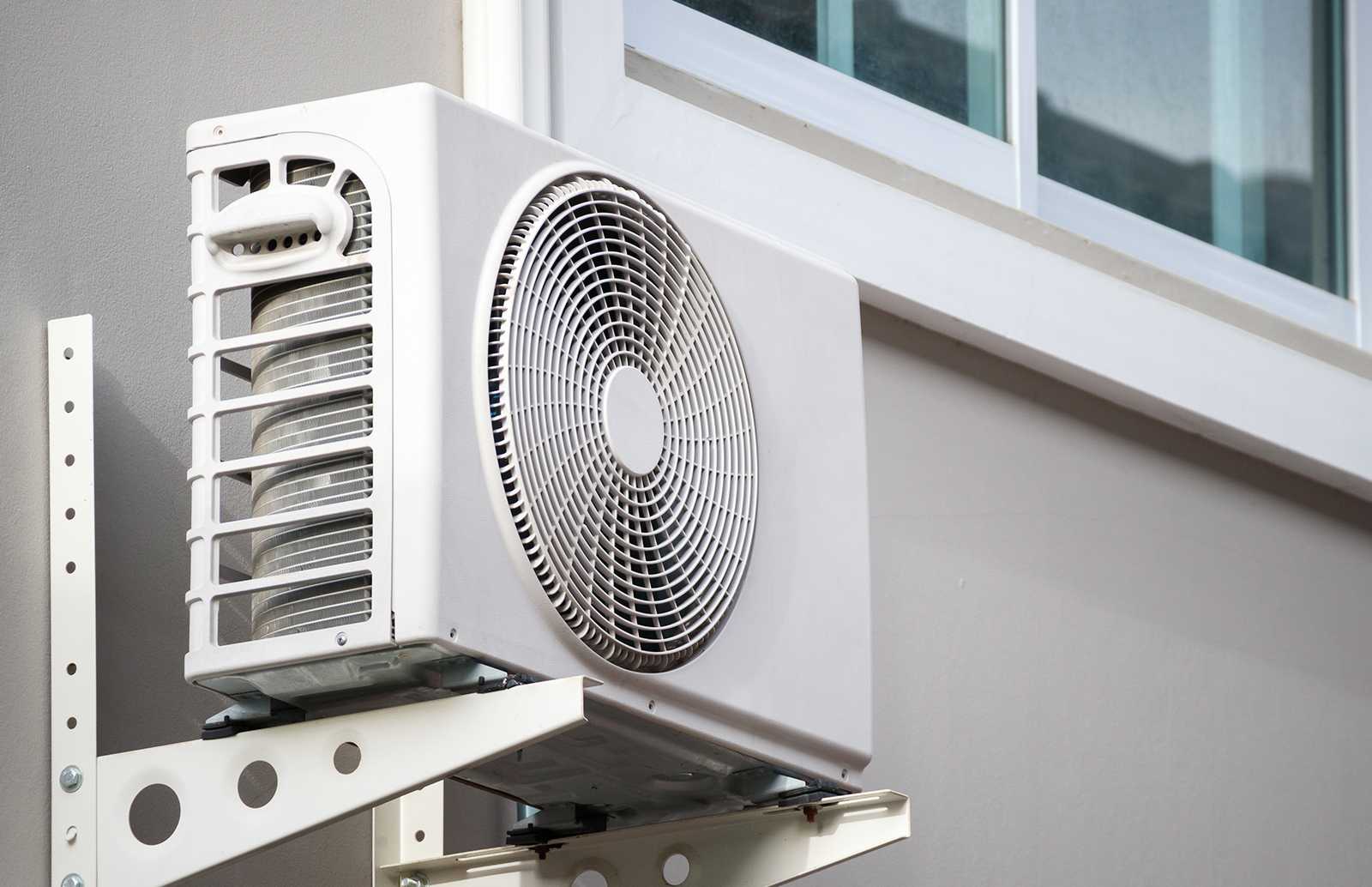
Understanding the components of a commercial HVAC system is essential for maintaining and troubleshooting these complex systems.
Each part plays a vital role in ensuring the system operates efficiently and effectively. In this article, we’ll explore the main parts of a commercial HVAC system and their functions.
The Core Components of a Commercial HVAC System
A commercial HVAC system comprises several core components that work together to regulate the temperature, humidity, and air quality in a building. These components include the thermostat, furnace, heat exchanger, evaporator coil, and condenser coil.
- Thermostat: This device controls the temperature by signaling the HVAC system to heat or cool the building as needed. Advanced thermostats offer programmable settings and remote control via smartphones.
- Furnace: The furnace is responsible for heating the air. It uses a variety of fuel sources such as gas, oil, or electricity. The heated air is then distributed through the ductwork.
- Heat Exchanger: Located inside the furnace, the heat exchanger warms the air that passes through it. This component is crucial for transferring heat from the furnace to the air.
- Evaporator Coil: The evaporator coil is part of the air conditioning system. It absorbs heat from the indoor air, which is then cooled and circulated back into the building.
- Condenser Coil: Situated in the outdoor unit, the condenser coil releases the heat absorbed by the evaporator coil to the outside. This process is essential for maintaining a cool indoor environment.
The Importance of Ventilation
Ventilation is a critical aspect of any Boise HVAC system, ensuring that fresh air circulates throughout the building while removing stale air. Proper ventilation improves indoor air quality and helps control humidity levels, preventing issues such as mold growth.
- Air Ducts: These passages transport conditioned air throughout the building. Properly maintained ducts ensure efficient airflow and consistent temperatures.
- Vents and Registers: These components allow air to enter and exit the ducts, facilitating the distribution of air to different areas of the building.
- Exhaust Outlets: These outlets expel stale air from the building, often located in kitchens, bathrooms, and other areas prone to moisture and odors.
Additional Components for Enhanced Performance
Modern commercial HVAC systems often include additional components to enhance performance and energy efficiency. These can include variable air volume (VAV) systems, economizers, and advanced filtration systems.
Variable air volume systems adjust the amount of air circulated based on the current needs, improving energy efficiency. Economizers reduce energy consumption by using outside air for cooling when conditions are favorable. Advanced filtration systems remove pollutants and allergens, significantly improving indoor air quality.
How Innovative Mechanical Solutions Can Help
At Innovative Mechanical Solutions, we provide tailored Boise HVAC services for commercial buildings. Our experienced team assesses your building’s requirements, professionally installs high-quality Daikin systems, and offers ongoing maintenance to ensure optimal performance and efficiency. We stay updated on the latest HVAC technologies, offering expert advice and solutions.
Conclusion
Understanding the various parts of a commercial HVAC system helps in maintaining and troubleshooting these systems. From the thermostat and furnace to the evaporator and condenser coils, each component plays a crucial role in ensuring a comfortable and healthy indoor environment. Don’t do it alone! Let the best in the area do it for you! Contact Innovative Mechanical Solutions today! We will help you maintain and optimize your commercial HVAC system for peak performance.

